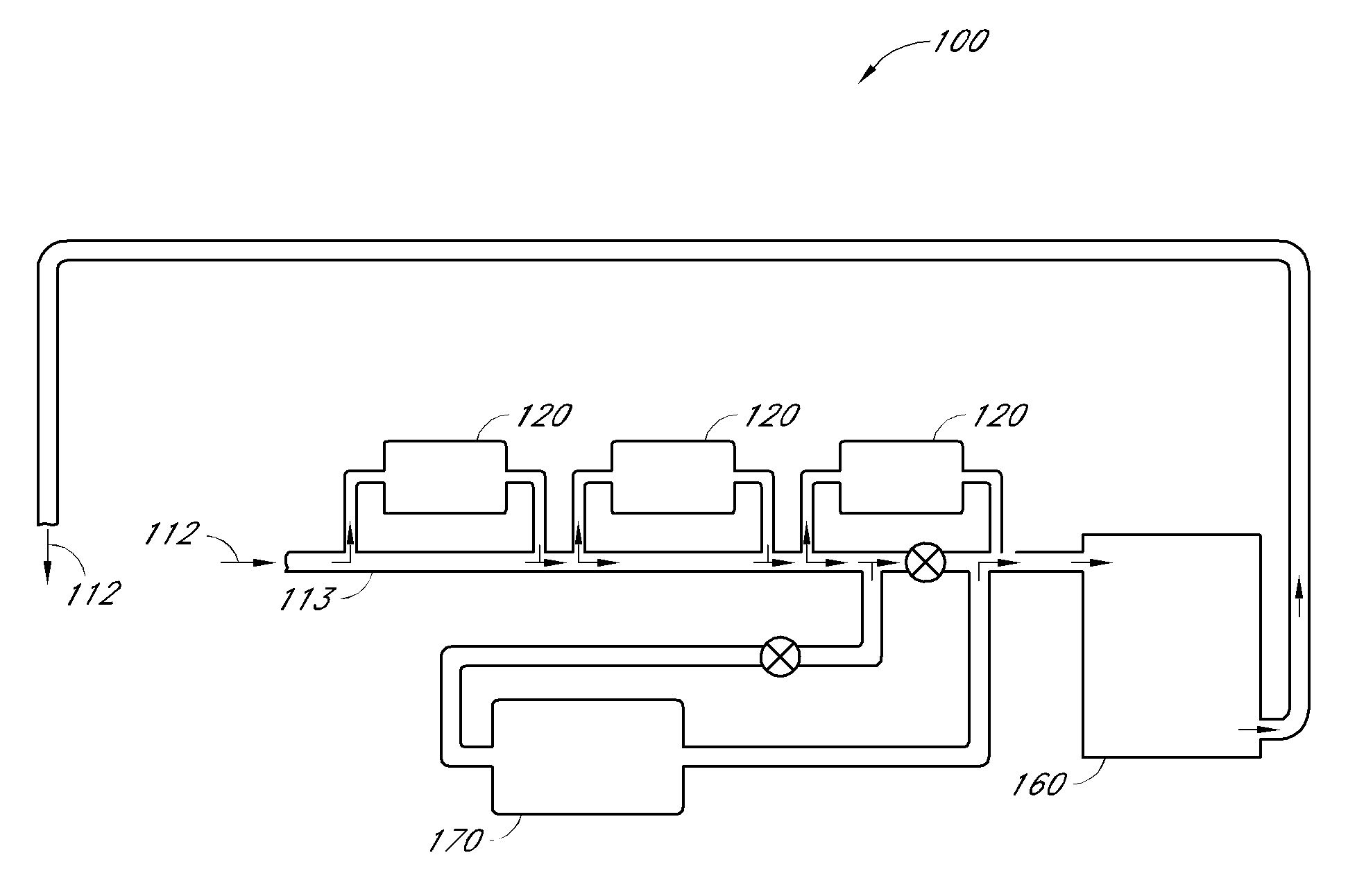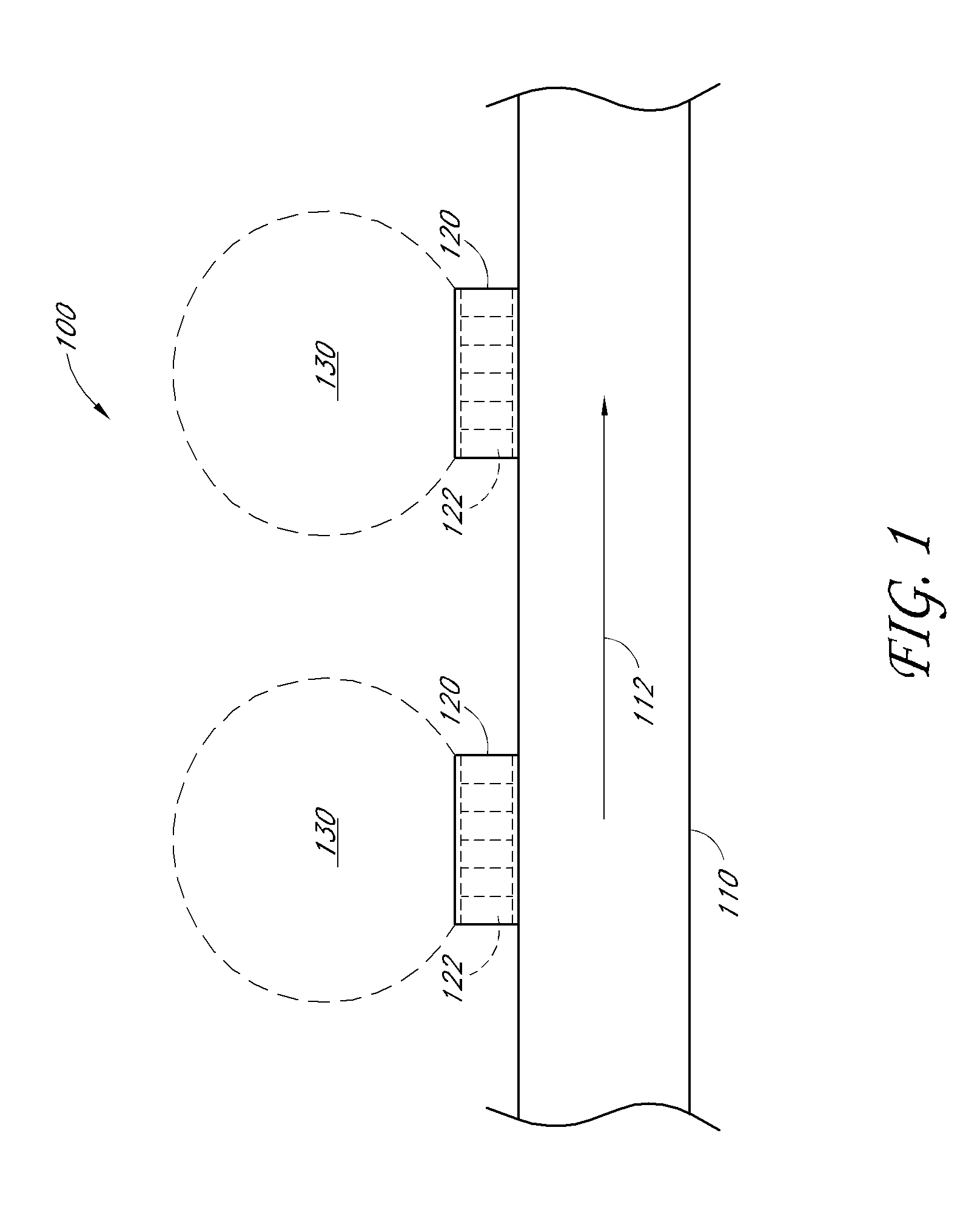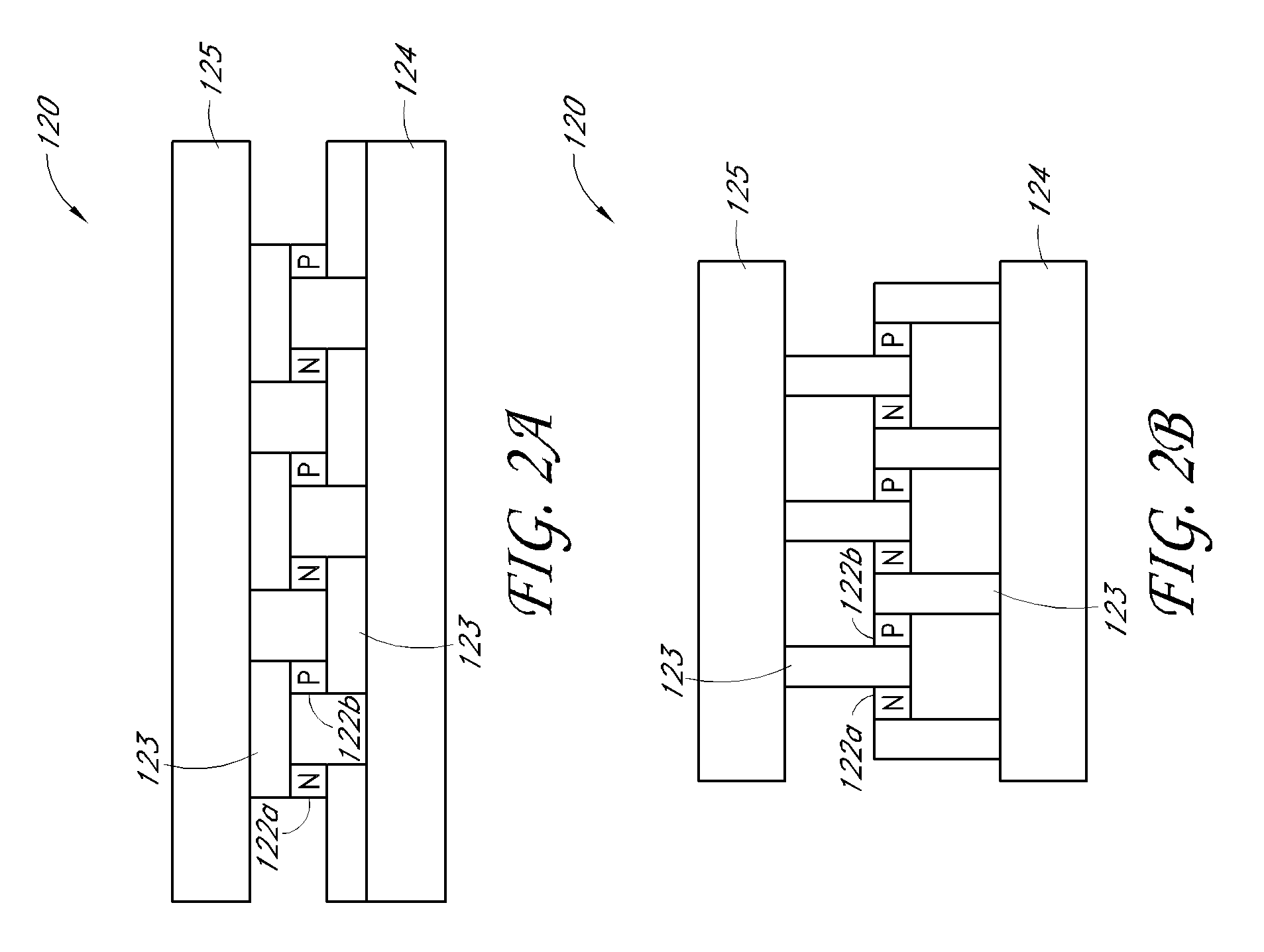System and method for distributed thermoelectric heating and cooling
a distributed thermoelectric heating and cooling technology, applied in the direction of refrigeration components, machine operation modes, light and heating apparatuses, etc., can solve the problems of slow response time of the system, significant energy waste, and approach also suffers from energy losses
- Summary
- Abstract
- Description
- Claims
- Application Information
AI Technical Summary
Benefits of technology
Problems solved by technology
Method used
Image
Examples
Embodiment Construction
[0046]A distributed system described by Elliot et al. (U.S. Patent Application Publication No. US2007 / 0000255, published Jan. 4, 2007, “Autonomous Air-Conditioning Module Intended Particularly for the Thermal Treatment of an Area of a Vehicle Cabin”) heats and cools automobile passenger cabin air by circulating the air through localized and autonomously controlled thermoelectric devices. The modules have air intake and exhaust features to force the air through the Peltier devices. The system, however, is limited in capacity as the result of several factors.
[0047]Firstly, the thermoelectric module described by Elliot operates by recirculating cabin air through a thermoelectric device. The thermal capacity of such a device is significantly limited according to the relatively low heat capacity of the working fluids used compared certain embodiments described herein.
[0048]Secondly, the thermoelectric device described by Elliot is inefficient compared to certain embodiments described her...
PUM
 Login to View More
Login to View More Abstract
Description
Claims
Application Information
 Login to View More
Login to View More - R&D
- Intellectual Property
- Life Sciences
- Materials
- Tech Scout
- Unparalleled Data Quality
- Higher Quality Content
- 60% Fewer Hallucinations
Browse by: Latest US Patents, China's latest patents, Technical Efficacy Thesaurus, Application Domain, Technology Topic, Popular Technical Reports.
© 2025 PatSnap. All rights reserved.Legal|Privacy policy|Modern Slavery Act Transparency Statement|Sitemap|About US| Contact US: help@patsnap.com



